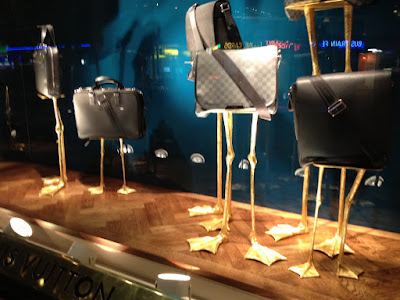http://m.smh.com.au/environment/conservation/a-very-fast-drain-to-the-south-pacific-20111105-1n11j.html When conditions are right - usually during a rainy autumn - they set off from Centennial Park and cross into Randwick Racecourse. The eels slither part of the way over land but mostly stick to stormwater drains and other water courses.
They continue south through the densely populated suburb of Kensington, across the Australian Golf Course, into the swampy Eastlakes area and across the Lakes Golf Course.
As the long-finned eels get closer to Botany Bay, their gills begin to change in preparation for saltwater and their eyes enlarge. From the golf course, they travel through swamps alongside Southern Cross Drive before entering Botany Bay at Sydney Airport's third runway.
That journey seems remarkable enough for an eel that may have spent up to 30 years (for the females) in the same sleepy pond, but it is only the prelude to a 2000-kilometre swim to New Caledonia.
The eels breed in extremely deep tropical waters in the Coral Sea, with females laying up to 20 million eggs. Perhaps unsurprisingly, the exhausted adult eels die once they have spawned their offspring.
But then another remarkable thing happens - when the eggs hatch they begin to float south on ocean currents.
They start as small gum leaf-shaped larvae, growing into see-through ''glass eels'' - a stage that protects them from predators in the sea - before becoming juvenile elvers as they reach the east coast of Australia.
Driven by instinct, the eels locate Botany Bay, swim back up through the ponds, across the golf courses, through the drainpipes, across Royal Randwick and then into Centennial Park to start a life in the shadows of the lillies.
 Simon Baird (
Simon Baird (




















